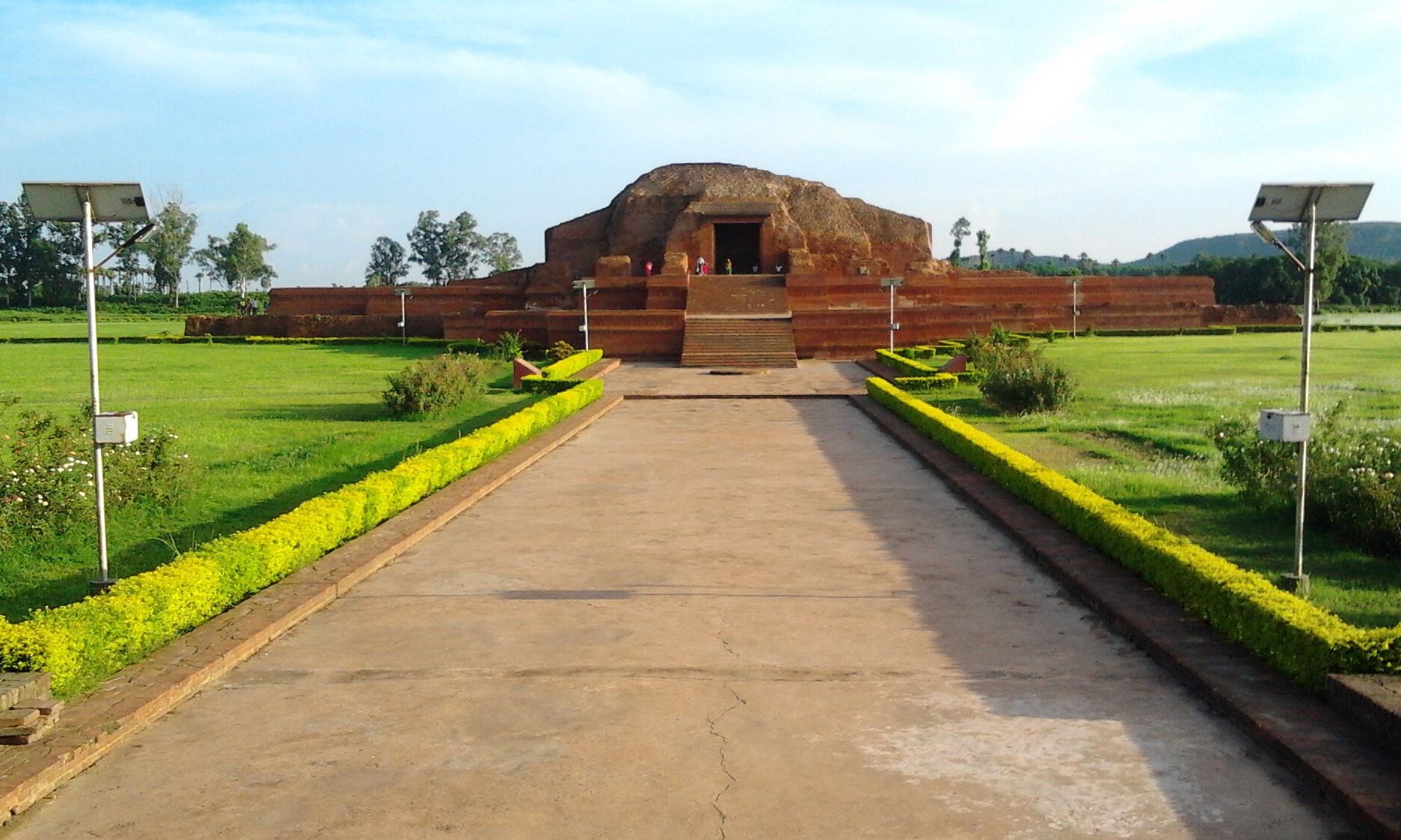The greatest empire in the fourth century AD was the Gupta Empire, which ushered in the golden age of Indian history. This empire lasted for more than two centuries. It covered a large part of the Indian subcontinent, but its administration was more decentralized than that of the Mauryas. Alternately waging war and entering into matrimonial alliances with the smaller kingdoms in its neighbourhood, the empire’s boundaries kept fluctuating with each ruler.
The Gupta rulers patronized the Hindu religious tradition and orthodox Hinduism reasserted itself in this era. However, this period also saw the peaceful coexistence of Brahmins and Buddhists and visits by Chinese travellers like Fa Hien. The exquisite Ajanta and Ellora caves were created in this period.
This era saw the emergence of the classical art forms and development of various aspects of Indian culture and civilization. Erudite treatises were written on a multiplicity of subjects ranging from grammar, mathematics, astronomy and medicine, to the Kamasutra, the famous treatise on the art of love. This age registered considerable progress in literature and science, particularly in astronomy and mathematics. The most outstanding literary figure of the Gupta period was Kalidasa whose choice of words and imagery brought Sanskrit drama to new heights. Aryabhatta, who lived during this age, was the first Indian who made a significant contribution to astronomy.
The invasions of the White Huns signalled the end of this era of history, although at first, they were defeated by the Guptas. After the decline of the Gupta Empire, north India broke into a number of separate Hindu kingdoms and was not really unified again until the coming of the Muslims.




















